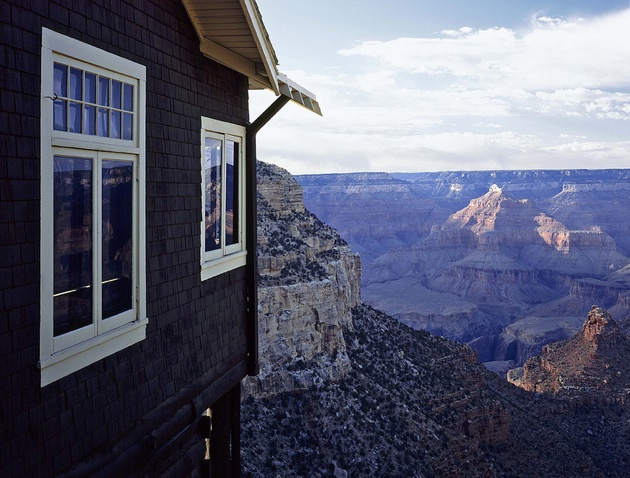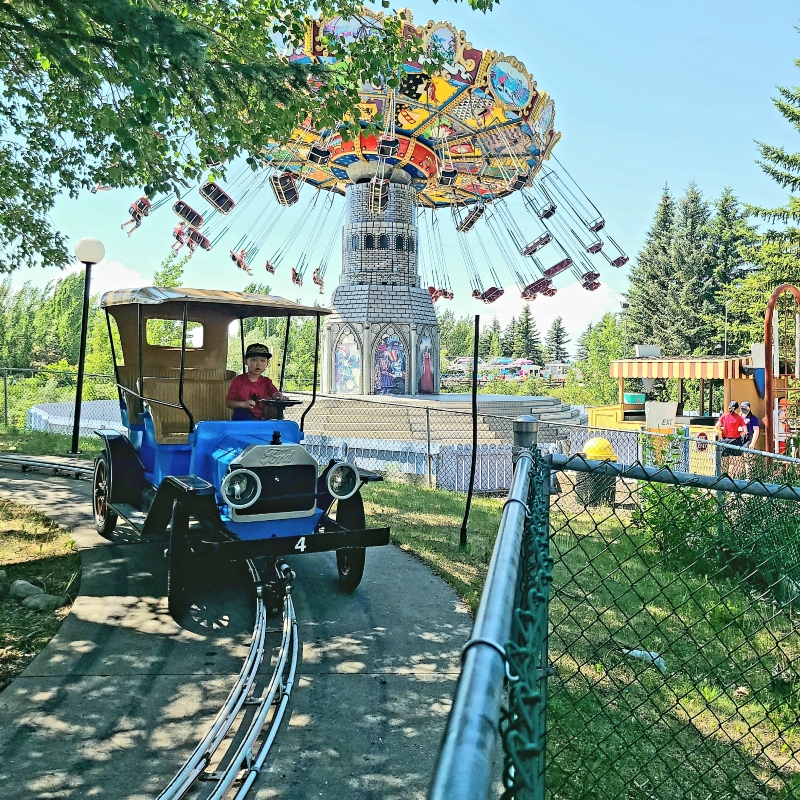Meet the quirky Kolb brothers
A look inside the world of pioneering photographers

A visit to the South Rim of Grand Canyon National Park would not be complete without a tour of the historic district of Grand Canyon Village, including a quick peek inside one of the more famous of the historic Harvey House hotels, El Tovar (especially since it’s undergoing a multi-million dollar renovation at the start of 2014). But for the enlightened, a stop at the 109-year-old Kolb Studio can net something even more spectacular—a look inside the world of the first men to photograph tourists at the Grand Canyon.
Who were the Kolb brothers?
Ellsworth and Emery Kolb were East Coast guys, coming out west from Philadelphia looking for adventure. They set up a photography studio at the head of what is now the Bright Angel Trail, 17 years before Grand Canyon was a national park. In those days, you didn’t hike down the canyon. But tourism was on the rise and mule rides were popular.
Taking advantage of that, the Kolb brothers became the first to photograph the tourists riding down Bright Angel in the mule trains. It was a successful enterprise that lasted 75 years. They also shot the first moving picture of a rafting trip down the Colorado River, which they played in the studio’s downstairs theater (now an art gallery) for several decades.
The gift shop and gallery are open to the public daily, and limited residence tours are sometimes offered for free in winter through the park service; however, you can register for a private tour through the Grand Canyon Association’s Field Institute, which offers periodic fee-based tours and classes for members and non-members. The association itself also organizes invitation-only tours each year.
What you’ll learn
Kolb Studio started out in 1902 as a makeshift canvas building, pitched like a tent right where the tourists headed down the Bright Angel Toll Road by mule via the Fred Harvey Company. The brothers acted as gatekeepers, collecting the toll and taking photographs of the tourists. In 1904, the brothers built a wooden shack for the business. Several additions later and they were working, living and entertaining in a five-story, 23-room house built right on the edge of the canyon.
Developing film during the early years, when they had no running water or electricity, meant Emery probably ran the four and a half miles down to Indian Garden to access water from a creek. Passing tourists on the way, the heavy glass plates in hand, Emery developed them in an old mining shaft. Then he’d run back up with the photographs to sell to the tourists returning from the mule rides. The darkroom and workshop came later, all built by hand, including the drying racks and supply shelves.
What you’ll see
By the time Emery (the brother who won a coin toss over who would continue the business) died in 1976, he was moving around in a wheelchair. A photograph of the residence as it was found when the Grand Canyon Association took over the boarded up building from the park service in the mid-1990s shows a wheelchair in the living room. Photographs throughout the house document what the rooms looked like during Emery’s lifetime. He married and raised his only daughter there.
Original and replica furnishings include a mix of styles, including Mission and Art Deco. The Hoosier cabinet in the kitchen, circa 1900, would have been used to sift flour and store sugar. A recessed hole in the wall outside the darkroom may have been used to serve food or deliver supplies. The film and chemical storage room was built like a reverse bomb shelter, constructed in case the combustible materials went up in smoke. In the basement, you see a large tree trunk filling the space where it appears the brothers ran out of wood to complete a support beam.
If you go, be sure to take a moment and sit down in the porch where the Kolbs once sat. No matter what they charge to visit the park, the view from that big picture window is priceless.
Jackie Dishner is author of Backroads & Byways of Arizona (The Countryman Press, 2010). She lives in Phoenix.






